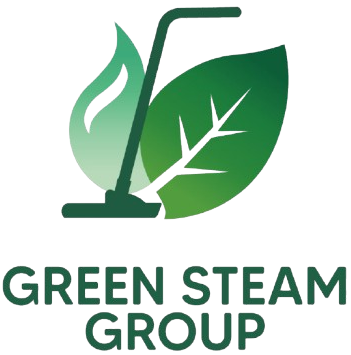A fireplace can be the heart of a home—providing warmth, charm, and comfort. But without proper maintenance, it can also pose serious health and safety risks. Over time, soot, creosote, and debris accumulate inside your chimney, creating a hidden hazard that many homeowners overlook. The solution? Regular, professional chimney cleaning.
In this article, we’ll explain how chimney cleaning works, why it’s essential for safety and air quality, and how often you should schedule it to protect your home and loved ones.
Why Chimney Cleaning Matters
When you burn wood or other materials in your fireplace, smoke travels up the chimney and out of your home. But as it does, byproducts like soot and creosote stick to the inner walls of your chimney. Creosote is highly flammable—and when it builds up, even a small spark can trigger a dangerous chimney fire.
Beyond the fire hazard, a dirty chimney can also lead to:
- Poor ventilation and smoky indoor air
- Blocked flue that traps dangerous carbon monoxide
- Increased allergy or respiratory issues from soot particles
- Structural damage to your chimney lining and brickwork
Regular chimney cleaning removes these dangers and ensures your fireplace operates safely and efficiently.
What Is Creosote and Why Is It Dangerous?
Creosote is a tar-like substance that forms when wood smoke cools and condenses inside the chimney flue. It sticks to the chimney walls and builds up in layers. There are three stages of creosote, and by the third stage, it’s extremely hard and flammable—requiring specialized tools to remove.
Creosote is the leading cause of chimney fires. According to the National Fire Protection Association (NFPA), chimney fires account for thousands of home fires every year, many of which could be prevented with routine cleaning.
Signs Your Chimney Needs Cleaning
It’s not always easy to know when your chimney needs attention, but there are clear warning signs that a cleaning is overdue:
- Strong, smoky odors even when not in use
- Dark, sticky buildup inside the flue
- Excessive smoke or difficulty starting a fire
- Soot falling into the fireplace
- Poor draft or backdrafting into the room
- Bird nests, leaves, or other visible blockages
If any of these signs are present, schedule a professional chimney cleaning immediately to reduce risk and restore performance.
Benefits of Professional Chimney Cleaning
While chimney cleaning may seem like a simple task, it requires skill, specialized equipment, and knowledge of chimney systems to do it right. Here’s why you should trust a professional:
1. Fire Prevention
Removing soot and creosote drastically reduces the chance of a chimney fire—protecting your home and family.
2. Better Airflow and Draft
Clean chimneys allow smoke to escape efficiently, improving fire performance and reducing indoor air pollution.
3. Elimination of Odors
Smoke, soot, and animal droppings can cause unpleasant smells. Cleaning removes odor sources at their root.
4. Identification of Structural Issues
Chimney sweeps often identify cracks, leaks, or damaged liners before they become costly repairs.
5. Compliance with Safety Standards
Regular cleaning ensures your fireplace meets local codes and insurance requirements—especially if you’re selling your home.
What to Expect During a Chimney Cleaning Service
A professional chimney cleaning typically includes:
Step 1: Inspection
The technician will evaluate your chimney’s structure, flue condition, and level of buildup.
Step 2: Preparation
The area around the fireplace is protected to prevent soot from spreading during the cleaning.
Step 3: Creosote & Soot Removal
Using specialized brushes, vacuums, and tools, the sweep removes all soot, ash, and creosote from the flue, smoke chamber, and damper.
Step 4: Final Testing
The chimney is tested for proper draft, airflow, and signs of blockages or damage.
Step 5: Safety Recommendations
If issues are discovered, the technician will provide guidance on repairs or preventive maintenance.
The entire process typically takes 45–90 minutes and leaves your chimney clean, safe, and ready for use.
How Often Should You Schedule Chimney Cleaning?
The NFPA recommends chimney cleaning at least once a year, or more frequently depending on usage. You should also schedule cleaning:
- Before the start of the winter season
- After a long period of non-use
- If you burn wood daily or several times a week
- If you’ve recently bought a home with a fireplace
- If your fireplace smells musty or smoky
Annual cleanings are the easiest way to ensure your chimney remains safe and your fireplace functions at its best.
Final Thoughts: Clean Chimney, Safer Home
Your fireplace should be a source of comfort—not concern. By scheduling regular chimney cleaning, you eliminate dangerous buildup, improve air quality, and enjoy peace of mind knowing your home is protected.
Don’t wait until smoke fills your living room or a chimney fire becomes a reality. Remove soot, smoke, and risk from your home—book your professional chimney cleaning today and breathe easier all winter long.
READ MORE:

